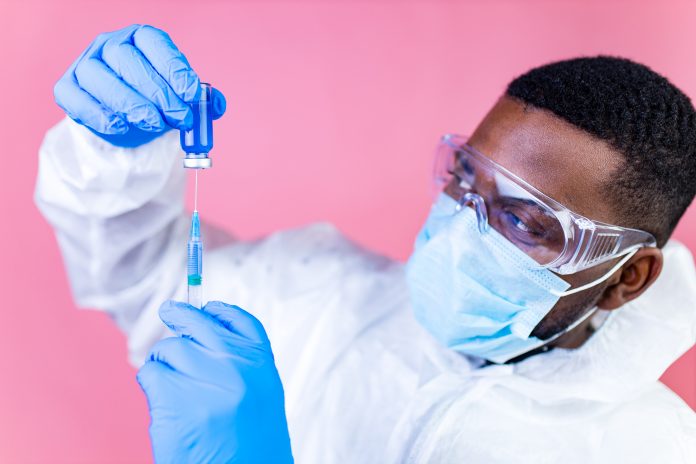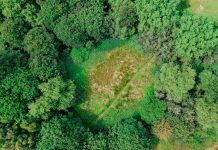Real-world use of the Moderna and Pfizer vaccines in the United States reveals that both are working at 90% efficacy – with data pointing to one dose being capable of 80% protection
In Israel, real-world data suggests that the Pfizer vaccine is performing at 92% or higher.
The Israeli Health Ministry found that the full two doses of Pfizer reduces infection by 89.4% in asymptomatic cases, where there are no visible or tangible symptoms. In COVID cases that bring symptoms, Pfizer seems to work to provide a startling 93.7% level of protection.
In the UK, heavy use of AstraZeneca vaccines have created a more robust understanding of how the vaccine works across a population. Despite discussions about vaccine safety across the EU, the AstraZeneca vaccine appeared to create atleast 60% protection for those aged 70 and over.
New vaccine data from the US
Over 550,000 people in the US are dead due to COVID. Up to this moment, there have been 30.4 million cases across the country.
Now, the Centre for Disease Control (CDC) have published the first insights into how both the Moderna and Pfizer vaccines are working in the US population.
These results reveal that both vaccines are working at 90% efficacy, with one dose of either vaccine capable of creating 80% protection in an individual after 14 days. This confirms the Phase Three results of both COVID vaccines. At this point, Pfizer was found to be over 90% effective and Moderna was clocking in at 94.1%.
The vaccines were also found to decrease asymptomatic infections – in which people never develop symptoms, but carry the infection in their bodies. This is good news for countries which are attempting to re-open their economies.
The CDC further explained that these results were similar across sex, age, ethnicity and occupation. They tracked COVID-19 symptoms such as: fever, chills, cough, shortness of breath, sore throat, diarrhoea, muscle aches, or loss of smell or taste on a weekly basis.
This study looked at 3,950 people who took either vaccine during the winter wave of COVID, from mid-December to mid-March. This study focused only on essential workers from Arizona, Florida, Minnesota, Oregon, Texas and Utah.











